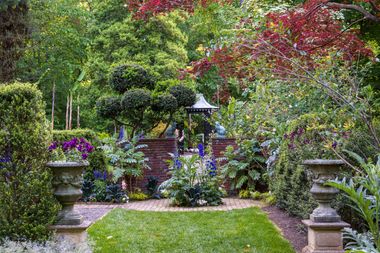
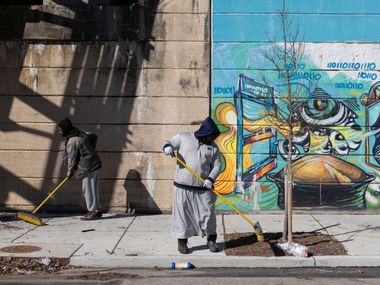
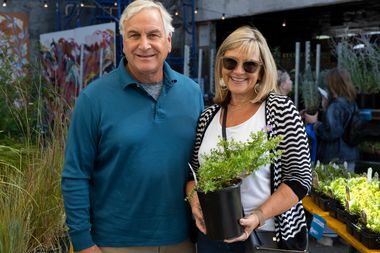
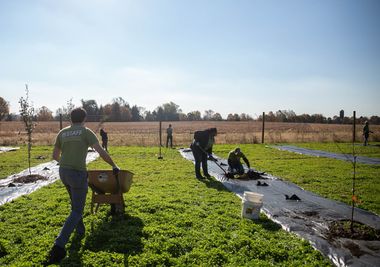
Food for the Soul: Part Five
gardening
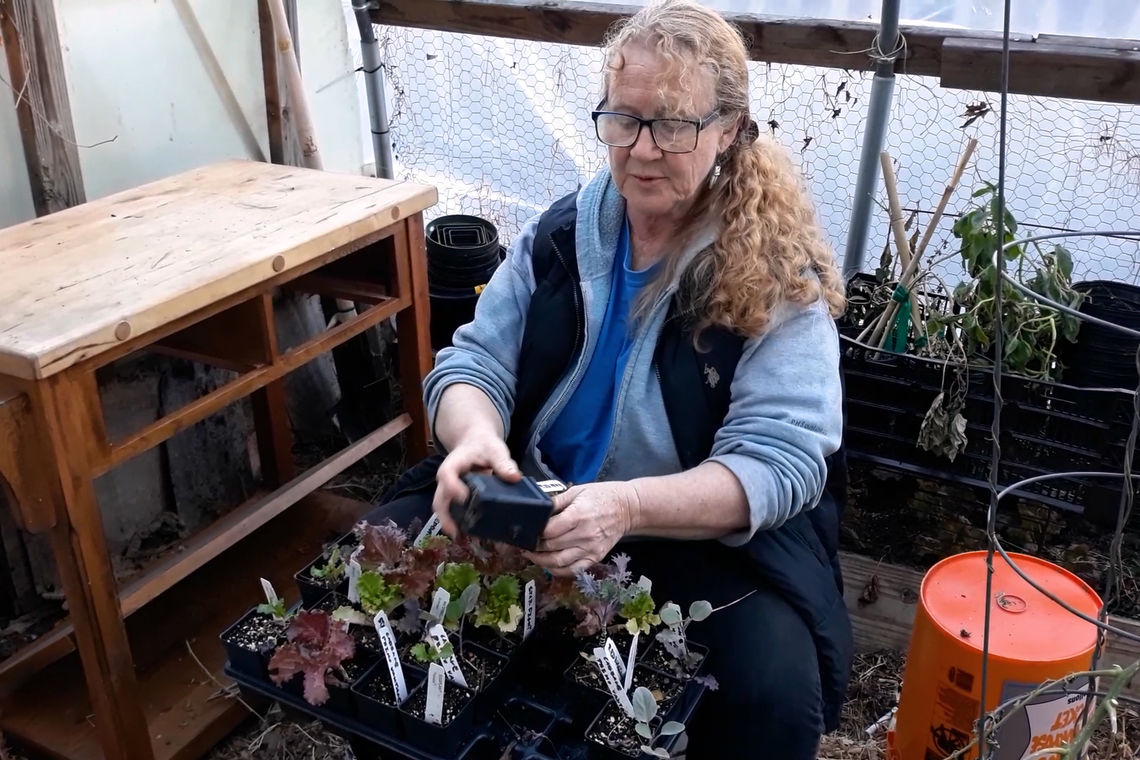
By Sally McCabe
PHS Associate Director, Community Education
Handling Seeds vs. Transplants
Seeds
Most people start seeds early indoors or buy plants already started, so they can get a jump on the season. This time of year, you might be able to find many of the brassicas (that means cabbage family, not fancy underwear) like cabbage, broccoli, cauliflower, bok choy, collards, kale, and even kohlrabi.
Other plants would much rather go directly into the ground from seed. These include peas and the root crops, like carrots or beets. Some don’t care and will go either way, like spinach, lettuce, kale, any of the mustard greens, and even cabbage, broccoli and kale (they’ll just take longer from seed than from transplant).
Food for Soul: Transplant Seedlings
Food for Soul Series: Transplant Seedlings

Sally McCabe takes viewers through harvesting seeds vs. transplant seeds.
Transplants
Handle transplants with respect—they represent possibly six weeks of invested care. Don’t let them dry out between when you get them and when you plant them; those little market packs don’t hold much soil, so they will wilt quickly. Make sure you only have to buy these transplants once by taking good care of them! Most of them just came off a truck from the nursery, so they're very tender. Don't leave them in a hot car while you stop for takeout; give them a good drink as soon as you get them home. Then, to get them accustomed to the sun and wind before they go in the ground, put them outside in a protected space for a few days.
It’s too early for tomatoes! But if you find them and insist on putting them in, be ready to run out and cover the babies if the evening temps drop below 55 degrees (still happening just about every night). Easy and cheap covers for the cold can be made from gallon milk jugs or juice bottles with the tops off and bottoms removed. Just make sure to take them away when the sun comes up, or the plants will cook. Put transplants in the ground at the same level they grew in the pots. Only tomatoes get planted up to their necks, as more roots will grow along the stem, making the plants stronger. Water everything well. Note: a time-honored way to measure your soil temperature is the “Butt Test” and is best done after dark. Go out to your garden, pull down your pants, and sit on the ground. If you don’t immediately scream and jump up, it’s warm enough and you can get to planting your tomatoes. It works!
See how PHS is creating access to fresh food through the practice of food gardening.